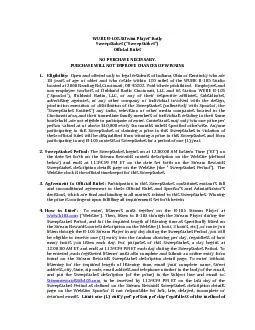PPT-Mindy Saenz RDN, LDN, CDE
Author : summer | Published Date : 2024-01-03
I Wear My Pancreas on the Outside Insulin Pump and CGM Basics Clinical DietitianCertified D iabetes E ducator Brody School of Medicine at East Carolina University
Presentation Embed Code
Download Presentation
Download Presentation The PPT/PDF document "Mindy Saenz RDN, LDN, CDE" is the property of its rightful owner. Permission is granted to download and print the materials on this website for personal, non-commercial use only, and to display it on your personal computer provided you do not modify the materials and that you retain all copyright notices contained in the materials. By downloading content from our website, you accept the terms of this agreement.
Mindy Saenz RDN, LDN, CDE: Transcript
Download Rules Of Document
"Mindy Saenz RDN, LDN, CDE"The content belongs to its owner. You may download and print it for personal use, without modification, and keep all copyright notices. By downloading, you agree to these terms.
Related Documents














